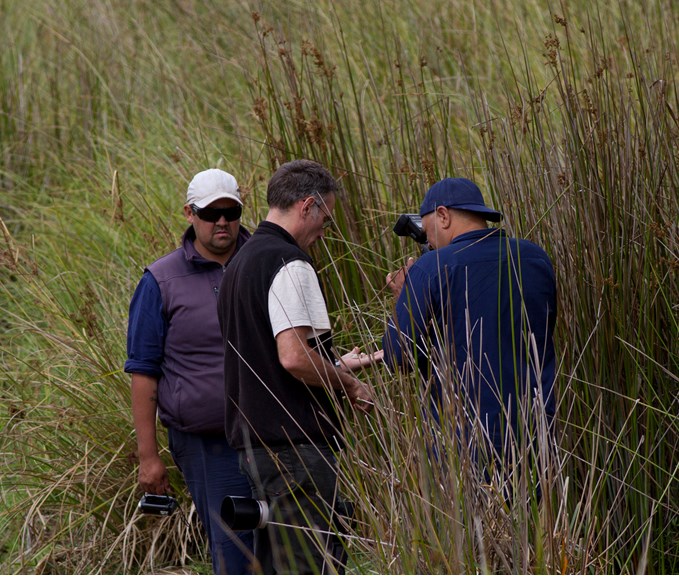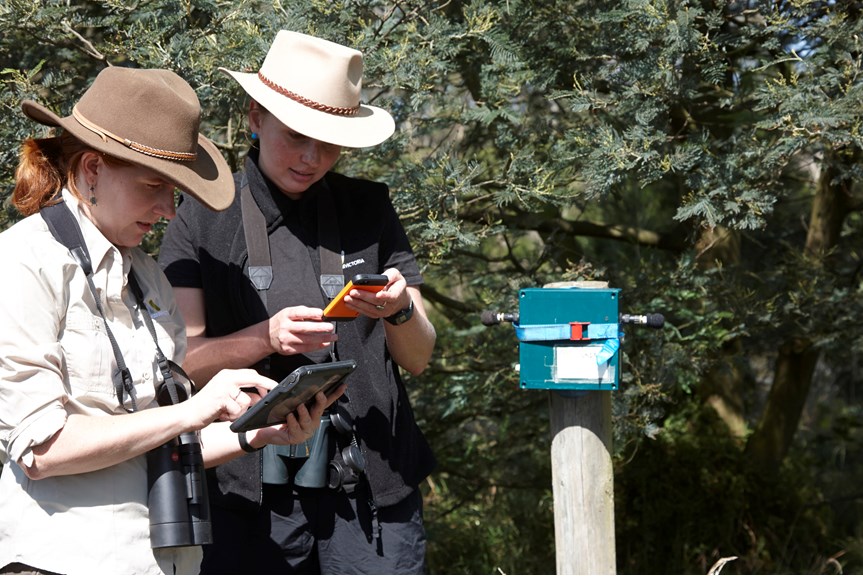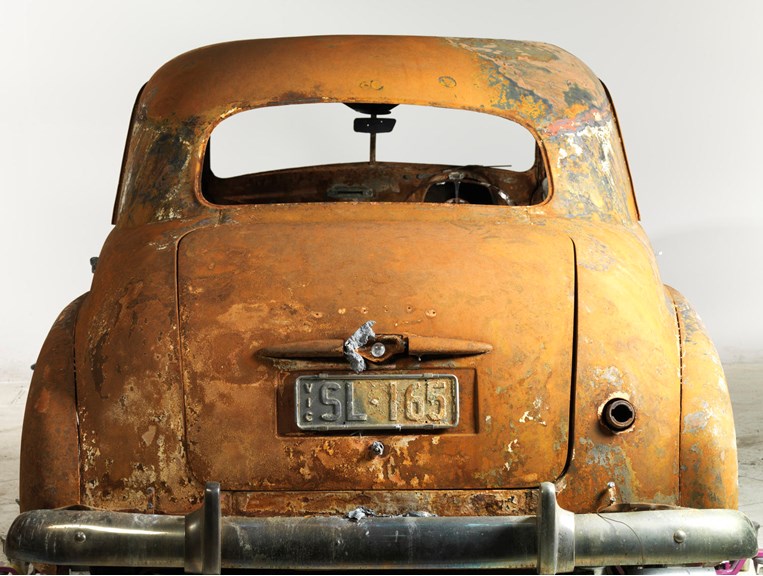2019–20 Australian bushfire crisis response
Following this summer’s unprecedented bushfires, Museums Victoria has begun directing its expertise, research and collections towards supporting recovery and sustainability efforts.
Our collection
Museums Victoria has been collecting natural science specimens since 1854. Museums Victoria’s natural sciences collections contain 16 million specimens.
The Museum’s large faunal collections provide a detailed record of the biodiversity of Victoria across all major groups: birds, mammals, frogs, reptiles, amphibians, fish and terrestrial invertebrates such as insects. These collections provide a substantial reservoir of data pertaining the biodiversity of the regions which have been affected by the recent intense bushfire activity. This data will help inform the prioritisation of resources in the recovery phase to maximise the survival and recovery potential for our unique biodiversity, including threatened and vulnerable species.
Our team of research scientists, with expertise across all major groups, have compiled detailed datasets of biodiversity in many of the regions impacted by the recent bushfires. These datasets focus on documenting our unique biodiversity through time, providing a foundation for understanding the impacts of these fires and optimising conservation management responses.
Collaborative work in response to the fires
Museums Victoria has commenced discussions with other agencies including the Victorian Department of Environment, Land, Water and Planning (DELWP), Parks Victoria as well as Taxonomy Australia and the Council for Australian Faunal collections (CHAFC) on how best we might bring our expertise and knowledge to the recovery phase.
We have several major fire-related projects underway and planned:
- Museums Victoria has recently commenced a project in the Little Desert National Park to examine the impacts of fire frequency on reptile and invertebrate biodiversity. Funded by the Ian Potter Foundation, this Museums Victoria-led project will partner with Parks Victoria and local community-based environmental groups. There is evidence that fire frequency may have a major impact on the recovery of ecosystems. This study will help inform fire management approaches, particularly pertaining to the frequency of control burns, etc.
- In 2016, funded through the Federal Government’s Bush Blitz program, Museums Victoria conducted a rapid biodiversity survey in the Croajingolong National Park and the Mallacoota area of East Gippsland. The recent fires have devastated this region. This 2016 survey will provide vitally important baseline data to assess the impact of the fires and the recovery of biodiversity. Museums Victoria will also target the recovery of populations of several threatened species in the region, including Bell Frogs and Martin’s Toadlets.
- Over the past 10 years Museums Victoria has conducted rapid biodiversity surveys in the Victorian Alps region and at Budj Bim, both of which have been impacted by the recent fires. This work will be important in targeting recovery responses.
- Following the 2014 fires in the Grampians region, Museums Victoria has continued to monitor the recovery of populations of Victoria’s most-threatened mammal species, the Smoky Mouse and the Broad-tooth rat. This project will continue to map the distribution of these rare species across the State and gain better insight into the effects of climate change on their distribution.
- Museums Victoria’s Dr Karen Rowe’s research project, Listening For Nature, has been working with community groups to set up bioacoustics recorders to determine the species of birds in the landscape. This project has been applied to recently affect bushfire regions such as Bunyip State Forest and Wye River to help determine the recovery of bird species populations following bushfire.
Longer-term research and outreach on climate change and biodiversity impacts
Museums Victoria will continue to work with government agencies and community groups to build the baseline data of the distribution of biodiversity across the State. We will continue our critical research to document and describe this diversity. Research will also focus on the impact of climate change on habitat and the affect this may have might have on specific faunal groups. There are also opportunities for museum researchers to revisit areas which have been devastated by bushfire to monitor the recovery of biodiversity overtime. The application of our genomics expertise to mapping the genetic diversity of populations of faunal groups will contribute to the management plans for the protection and survival of a range of threatened and vulnerable species.
Museums have a major role to play in engaging the public with the environment and in highlighting the importance of protecting habitat and preserving biodiversity through our Citizen Science programs. These include:
- Listening For Nature, which assists communities to monitor the bird and frog fauna in their local environment;
- RedMap engaging people in monitoring marine life and the effects of a warming ocean;
- Frog ID (partnership with the Australian Museum)
- And through education programs and local community engagement programs following our fieldtrip programs.
Victorian Bushfires Collection
Once impacted communities are ready and able to engage, Museums Victoria will begin to collect and document the 2019-2020 bushfire crisis within our Victorian Bushfires Collection. The museum established the collection in 2009 following the Black Saturday bushfires to preserve and document the impact of the bushfires, the community response, the aftermath and the process of recovery and renewal.
Exhibitions and outreach
Visitors to Melbourne Museum can see a pop-up display in the foyer that highlights some of the work our staff are doing to document experiences of fire and explore different ways of caring for the environment, including First Peoples’ cultural burning practices.
Museums Victoria’s Outreach Program is a travelling ‘museum in a van’ and kit loan service that provides access to the museum’s collection to people who may find it difficult to visit our museums. Once communities are ready for visits, our Outreach Program will visit kindergartens and schools in fire-impacted areas to run carefully devised programs to support children affected.
Australia’s natural history museums
Museums Victoria has joined a coalition of Australia’s major natural history museums in issuing a joint statement in support of increased national action to address the impacts of climate change. Museums play a critical role in describing and conserving our natural history in Australia and educating the public through exhibitions and outreach programs.










